Introduction to Lyngso ZM 411
1. Product Description
The Lyngso ZM 411 is a Gamma Micro CPU module co – developed by STN Atlas Elektronik GmbH and Lyngsoe Marine A/S. This module is designed to be a high – performance computing core, especially suitable for industrial automation and marine applications where reliable and efficient data processing is required. It serves as the brain of various control systems, capable of handling complex tasks such as data acquisition, processing, and control signal generation. With its advanced micro – processing technology, the ZM 411 can execute commands with high precision and speed, ensuring the smooth operation of the entire system. Whether it is used in industrial manufacturing processes to control production lines or in marine vessels to manage navigation, communication, and power systems, the ZM 411 plays a vital role in enhancing system intelligence and performance.
2. Product Technical Parameters
- Power Supply: It typically operates on a power source that is compatible with common industrial and marine power systems. Although the specific voltage is not explicitly stated in the given materials, like many similar modules, it might be designed to work with 24VDC or other standard voltages in these fields. This compatibility allows for seamless integration into existing power infrastructures, whether in a factory’s electrical grid or a ship’s power distribution network.
- Weight: The module weighs approximately 600 – 650 grams, as indicated by different sources. This relatively lightweight design not only simplifies the installation process but also reduces the load on control panels and related equipment. It can be easily installed in various locations without causing excessive stress on the mounting structures, making it suitable for different installation scenarios in both industrial and marine environments.
- Processing Power: Equipped with a high – performance micro – processor, the ZM 411 can handle a large number of instructions per second. It has sufficient computing power to process complex data from multiple sensors and control various actuators simultaneously. For example, in industrial applications, it can quickly analyze data from temperature, pressure, and position sensors and generate control signals to adjust production processes in real – time. In marine applications, it can process navigation data from gyrocompasses, speed sensors, and depth sensors to control navigation – related equipment.
- Memory Capacity: It comes with a certain amount of internal memory, which includes both random – access memory (RAM) for temporary data storage during operation and read – only memory (ROM) for storing the module’s operating system and essential software programs. The specific memory capacity details are not provided in the given materials, but it is designed to be sufficient to support the module’s operation and data processing tasks in typical industrial and marine applications.
- Input/Output Interfaces: The ZM 411 is equipped with multiple input and output interfaces to communicate with external devices. It can receive input signals from a wide range of sensors and transmit control signals to actuators, relays, and other output devices. These interfaces are designed to be compatible with common industrial and marine communication protocols, allowing for easy integration with different systems. For instance, it may support serial communication interfaces like RS – 232 or RS – 485, as well as digital input/output ports for connecting to simple sensors and switches.
- Environmental Resistance: Built to endure harsh environmental conditions, the ZM 411 can operate in environments with temperature variations, vibrations, and humidity, which are common in industrial settings and on board ships. It has been designed to resist the corrosive effects of saltwater in marine environments and the dust and electromagnetic interference in industrial environments. This environmental resilience ensures stable operation over time, reducing the risk of malfunctions due to environmental factors.
- Communication Protocols: The module supports common communication protocols used in industrial and marine automation systems. This enables it to communicate effectively with other components in a network, such as programmable logic controllers (PLCs), human – machine interfaces (HMIs), and other control devices. It can exchange data and commands with these devices, facilitating centralized control and monitoring of the entire system. For example, it may support Modbus, Profibus, or other industrial – standard communication protocols.
3. Usage Method
- Pre – installation Checks: Before installation, carefully inspect the ZM 411 module for any visible signs of damage during transit. Ensure that all the necessary accessories are included in the package. Check the power supply requirements of the module and confirm that the available power source in the intended installation location matches the module’s specifications. Verify that the input and output connections are clean and free from any debris that could affect the electrical conductivity. Also, check the version of the module’s software or firmware and determine if an update is required based on the specific application needs.
- Installation: The ZM 411 can be installed in a control panel or a dedicated equipment enclosure. Depending on the module’s design, it can be mounted using screws or a rail – mounting system. Follow the detailed installation instructions provided by the manufacturer. In industrial settings, ensure that the installation location is away from sources of strong electromagnetic interference, such as large motors or high – voltage equipment, to prevent signal disruptions. In marine applications, consider the module’s exposure to saltwater and humidity, and choose an installation location that provides adequate protection, such as an enclosed and ventilated control room on a ship. Make sure the module is installed in a stable position to avoid vibrations that could affect its performance.
- Wiring: Connect the input signals from sensors and other devices to the appropriate input terminals on the module, taking care to match the signal types with the correct terminal assignments. For power connection, firmly attach the power cables to the power terminals, ensuring proper polarity. When connecting the output signals to actuators or other output devices, verify that the load ratings are within the capabilities of the module’s output ports. Use appropriate wire gauges to ensure efficient power transfer and to prevent overheating or voltage drops. In marine applications, use marine – grade cables that are resistant to corrosion and can withstand the harsh marine environment. Also, ensure that all wiring is properly shielded to minimize interference.
- Configuration: The ZM 411 may require configuration to suit the specific application requirements. This could involve setting parameters such as input signal thresholds, output control logic, communication settings, and data processing algorithms. Use the provided software or hardware configuration tools, following the user manual’s step – by – step instructions. In industrial applications, configure the module to interface with the existing control system, such as a PLC or a supervisory control and data acquisition (SCADA) system. In marine applications, configure it to work in harmony with the ship’s navigation, communication, and power management systems. For example, set the appropriate communication baud rate and protocol for seamless data exchange with other devices in the network.
- Testing: After installation and configuration, conduct a series of comprehensive tests to verify the proper operation of the module. Apply input signals from sensors and observe if the module processes the data correctly and generates the expected output signals. Use appropriate testing equipment, such as multimeters, oscilloscopes, and logic analyzers, to monitor the input and output signals and ensure that the module is functioning accurately. In industrial settings, test the module under normal and abnormal operating conditions to ensure its reliability. In marine applications, perform sea – trials or simulated tests to verify its performance in a marine – like environment. Check for any error messages or abnormal behavior during the testing process and troubleshoot as necessary.
4. System Introduction
- Industrial Control Systems: In industrial automation, the Lyngso ZM 411 plays a central role. In manufacturing plants, it can be the core of a production line control system. It receives input signals from various sensors, such as temperature sensors in a chemical production process to monitor reaction temperatures, pressure sensors in a pneumatic system, and position sensors in a robotic assembly line. Based on this data, the ZM 411 processes the information and generates control signals to start or stop motors, open or close valves, and adjust the speed or position of machinery. For example, in an automotive manufacturing plant, the ZM 411 can control the movement of robotic arms during the car assembly process. It analyzes the position data from sensors on the robotic arms and adjusts their movements to ensure accurate part – fitting, improving production efficiency and product quality.
- Marine Applications:
-
- Navigation Systems: The ZM 411 is extensively used in marine navigation systems. It receives input signals from gyrocompasses, which provide the ship’s heading information, speed sensors that measure the ship’s velocity, and depth sensors that detect the water depth. By processing these data, the module can control relays to operate navigation lights, ensuring they are switched on or off according to the ship’s position and the time of day. In case of an emergency or a change in the ship’s course, the ZM 411 can quickly relay signals to the autopilot system to adjust the ship’s direction. It also processes data from GPS (Global Positioning System) receivers and other navigation sensors to provide accurate positioning information for the ship’s crew.
-
- Communication Networks: In marine communication networks, the ZM 411 serves as a key component. It can control relays that manage the connection and disconnection of communication devices, such as radios and satellite communication systems. For example, during a long – distance voyage, the module can switch between different communication channels based on the signal strength and the ship’s location. It processes data from communication sensors and controls the operation of the communication equipment to ensure seamless and reliable communication between the ship and the shore, as well as between different systems on board the ship. This is crucial for receiving weather forecasts, emergency messages, and for coordinating with other vessels.
-
- Power Distribution: In the ship’s power distribution network, the ZM 411 is used to control the distribution of electrical power to different systems on board. It monitors data from power sensors, such as voltage and current sensors, and based on this information, it can switch power to essential systems, such as the engine room, the navigation bridge, and the emergency lighting system. During periods of low power availability, it can conserve power for non – essential systems, optimizing the ship’s power consumption. For instance, if the ship’s generators are operating at a reduced capacity, the ZM 411 can prioritize power supply to critical systems to ensure the safe operation of the vessel.
-
- Safety and Monitoring Systems: The ZM 411 plays a crucial role in marine safety and monitoring systems. It can monitor input signals from fire detectors, smoke sensors, and emergency stop buttons. When an abnormal signal is detected, such as a fire alarm from a smoke sensor, the module activates relays to trigger alarms, activate emergency shutdown systems, and perform other safety – related functions. It can also monitor the status of various safety – critical components on the ship, such as life – raft release mechanisms and emergency power generators, and provide real – time feedback to the ship’s crew. This helps in ensuring the safety of the crew, passengers, and the vessel itself.
In summary, the Lyngso ZM 411, with its high – performance computing capabilities, robust construction, wide – ranging compatibility, and environmental resilience, is a versatile and essential Gamma Micro CPU module for a wide range of industrial and marine applications. It serves as the backbone of many control systems, enabling efficient and reliable operation in challenging environments.

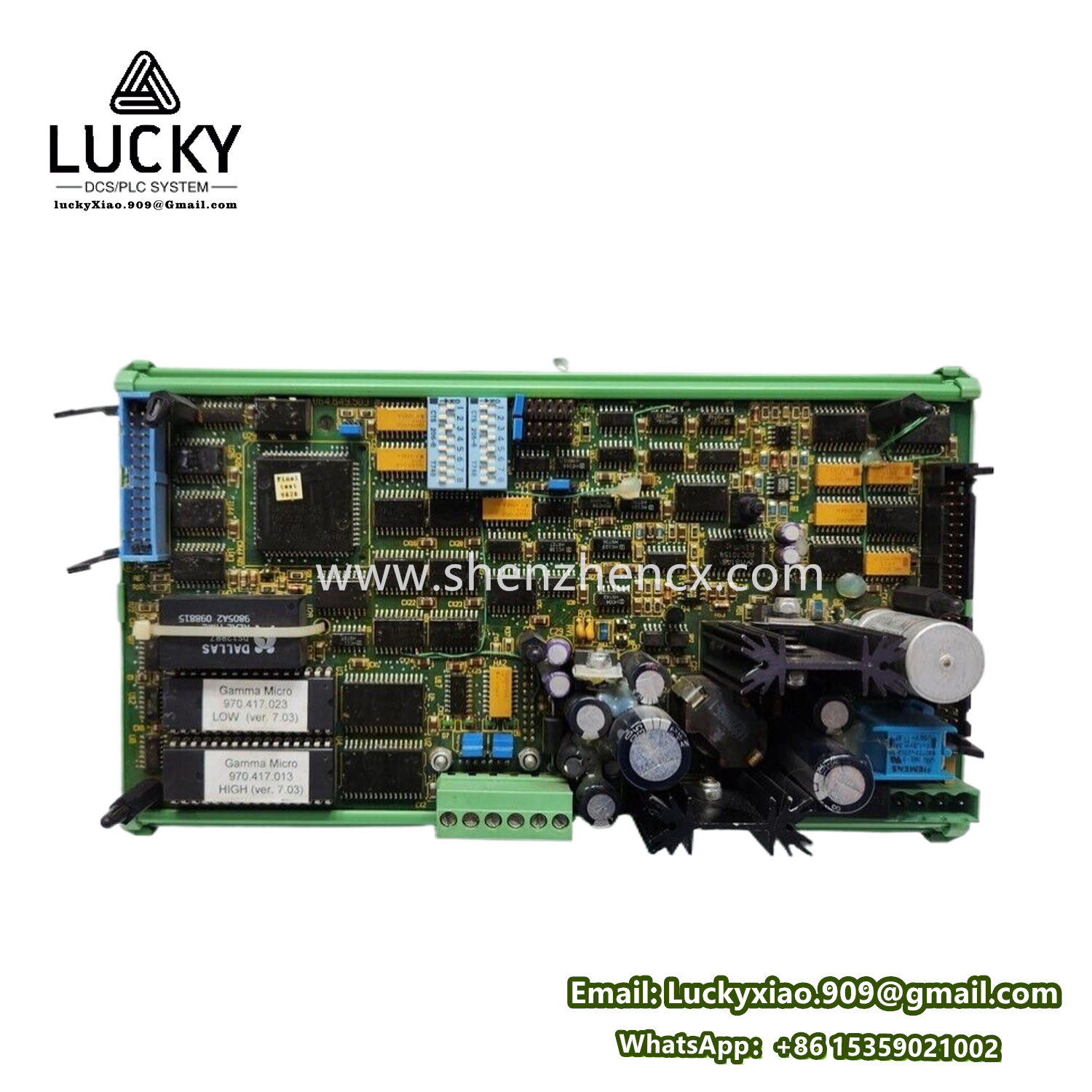
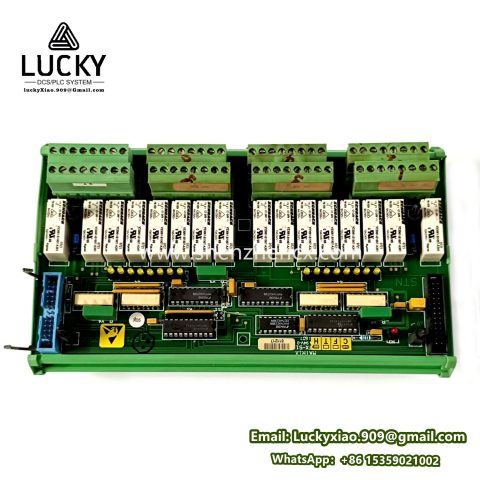
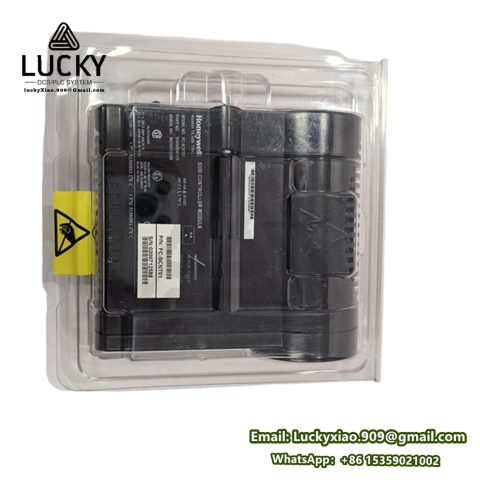
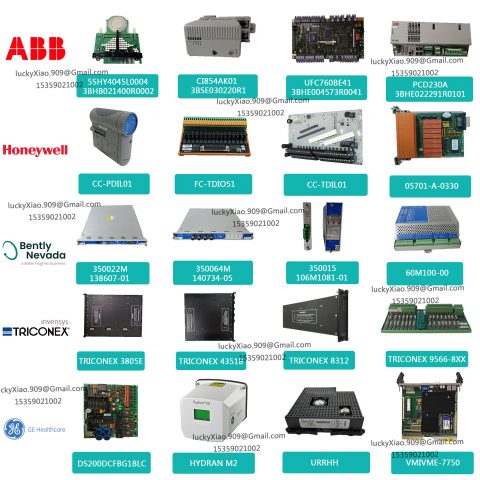
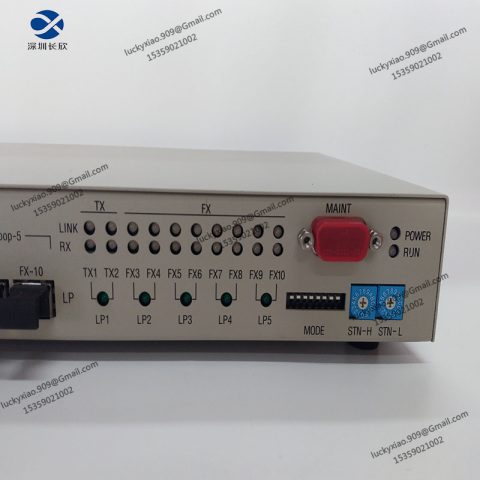
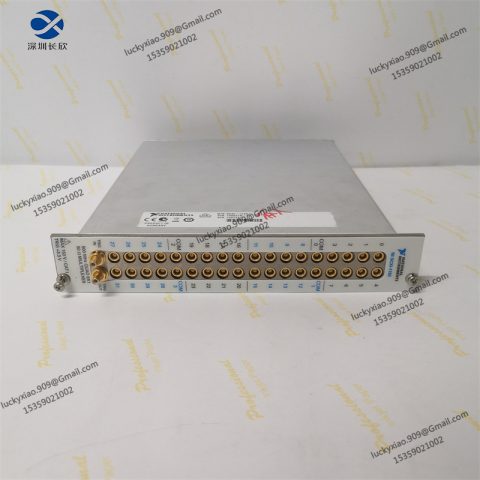
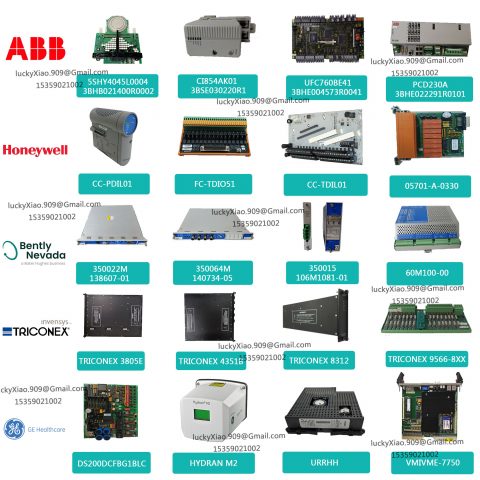
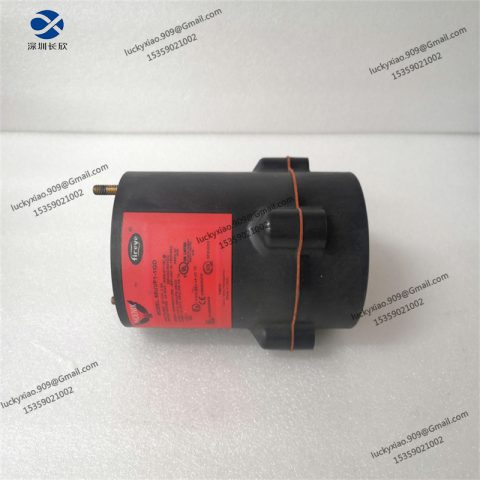
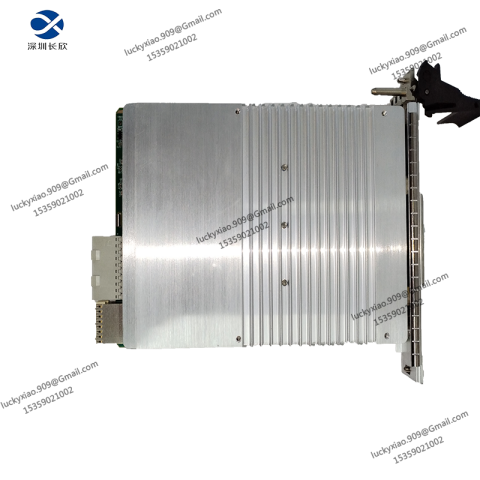
There are no reviews yet.